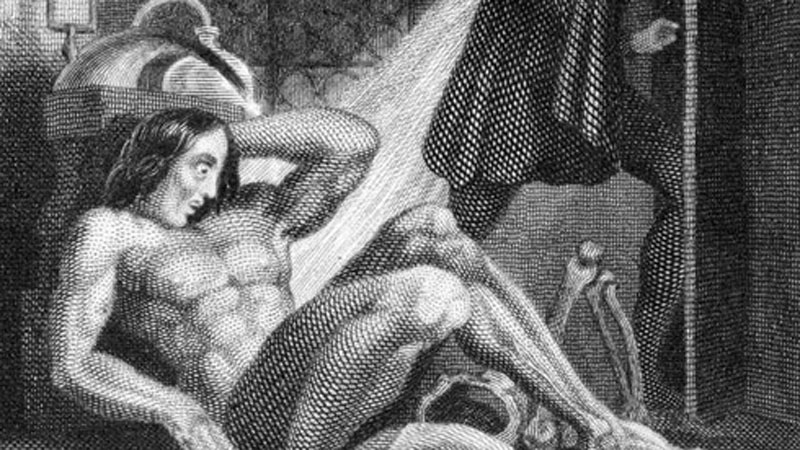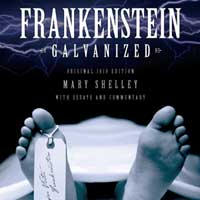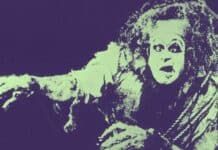HOWARD JACKSON takes a quick look at the roots of Gothic horror and why it forms an important element in English literature that needs to be preserved

In the nineteenth century, the double dominated English literature.
The phenomenon was particularly obvious in Gothic Horror.
The most famous example is ‘Frankenstein’ by Mary Shelley.
Not only is the Creature, the created, a double for Frankenstein, his creator, but every character in the book appears to have a double.
Some have more than one. Victor Frankenstein has several doubles in the novel.
Elsewhere, Dracula is the main rival for fame, and the vampire is a chilling warning about the double that exists within everyone.
The double also featured in the two most famous horror stories of the Victorian era, ‘Dr Jekyll and Mr Hyde’ by Robert Louis Stevenson and ‘The Portrait of Dorian Gray’ by Oscar Wilde.
But the double also appeared in novels that were not horror stories.
‘Wuthering Heights’ by Emily Brontë contained two Catherines and the first Catherine describes Heathcliffe as her double.
Even Charlotte Brontëargued redemptive love had to accept the double within the beloved.
Rochester is both villain and hero in ‘Jane Eyre’.
The double in horror is created by the ‘fall’, if not from grace like Adam, then normality and respectability.
It may be a deal done with the devil, a bite on the neck or taking the wrong drug on a Saturday but usually something happens to release the monster within the previously law abiding citizen.
And the tradition continues beyond horror. Apart from his one horror movie, ‘Psycho’,which is dominated by the double and collapse into chaos,the more conventional thrillers by Englishman, Alfred Hitchcock, usually suggested alternative identities and not to be denied guilt.
‘Strangers On A Train’ and ‘Vertigo’ are obvious examples.
The link between psychiatry and the double that exists in ‘Psycho’ bridges the gap between the Gothic and psychological approaches.
Rock and roll fans will know that all genres need superstars and literary traditions are no different.
Milton and his poem, ‘Paradise Lost,’ made the Gothic tradition essential to English literature and culture. It inspired Mary Shelley when she wrote ‘Frankenstein’.
Her book describes a fall from grace and proclaims the destructiveness of the human spirit recognised by Milton.
His poem sympathetically views Satan as a fallen angel, a double for God. The Creature also quotes his admiration for Milton.
If Milton inspired horror writers, Shakespeare argued against the notion of the spiritual battle between evil and virtue.
He developed the ‘realist’ or psychological analysis previously presented by Chaucer.
Shakespeare has been credited with inventing the sub-conscious 300 years before Freud.
In Shakespearean drama, men and women are complex.
They make mistakes that seal their fate rather than are poisoned by evil.
So Gothic Horror is important because it continues a long and deep-rooted alternative metaphysical tradition.
If we ignored Gothic and simply let the ‘realism’ of Shakespeare prevail, half our cultural identity, the half inspired by Milton, would disappear.
Gothic Horror needs the double and the fall, and it is this dependency that defines the genre and continues to confirm the two separate histories within British culture.
HOWARD JACKSON is the author of Treat Me Nice Elvis, his music and the Frankenstein Creature. He is also one of the contributors to Frankenstein Galvanized which is edited by Claire Bazin. Treat Me Nice and Frankenstein Galvanized are published by Red Rattle Books, which can be followed on Twitter here.








